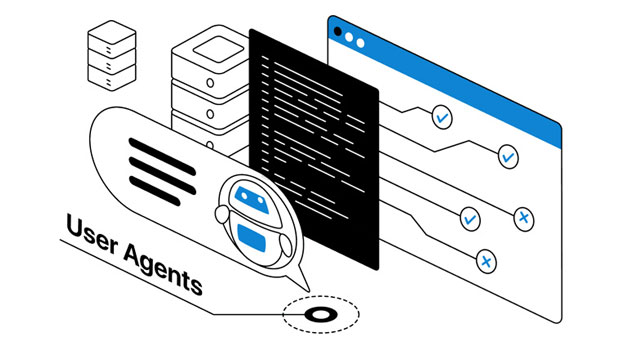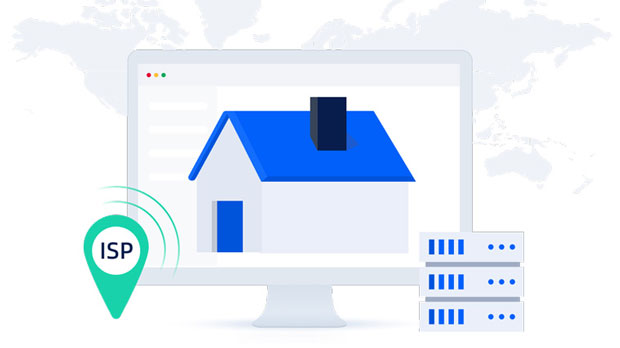Is the SOCKS5 proxy able to bypass all types of network blocking?
The question of whether socks5 proxies can bypass all types of network blockades is a common concern for users seeking anonymity, security, and unrestricted access to the internet. SOCKS5 proxies are widely praised for their versatility and effectiveness in handling a variety of internet restrictions. However, the reality is more complex. While SOCKS5 proxies provide robust privacy features and can bypass certain types of censorship, they are not an absolute solution to all forms of network blocking. This article explores the capabilities and limitations of SOCKS5 proxies in bypassing various network restrictions, including government censorship, geo-restrictions, and corporate firewalls. Understanding these limitations will help users make informed decisions when selecting tools to circumvent online restrictions. What is socks5 proxy?SOCKS5 (Socket Secure version 5) is an internet protocol that routes internet traffic between the client (user) and a server. Unlike HTTP or HTTPS proxies, SOCKS5 proxies work at a lower level in the network stack, handling all types of internet traffic (not just web browsing) like email, FTP, and torrents. This makes SOCKS5 a versatile tool for users seeking to mask their online activities.SOCKS5 proxies support both UDP and TCP protocols, offering greater flexibility compared to previous versions like SOCKS4. They also provide features like user authentication and encryption, which enhances security and privacy for users. While SOCKS5 proxies can be highly effective for certain use cases, their ability to bypass network restrictions is conditional.Types of Network BlockadesBefore examining whether SOCKS5 proxies can bypass network blockades, it's important to understand the different types of restrictions users may encounter online. These blockades can be classified into several categories:1. Government Censorship: Governments in certain countries use various methods to control the flow of information on the internet, blocking access to certain websites, services, or applications. Common methods include DNS filtering, IP blocking, deep packet inspection (DPI), and protocol blocking.2. Geo-Restrictions: These restrictions are imposed by content providers to limit access based on geographical location. Streaming services, for instance, may only allow access to certain content in specific regions.3. Corporate Firewalls: Many organizations impose internet restrictions on their employees to prevent access to non-work-related websites or to enhance security. These firewalls often filter traffic, block access to certain websites, and monitor online activity.4. ISP-Level Restrictions: Some Internet Service Providers (ISPs) implement throttling or blocking to limit bandwidth usage, prevent access to certain sites, or impose restrictions on particular types of traffic (e.g., P2P or VoIP).5. Network Traffic Monitoring and Deep Packet Inspection (DPI): Advanced methods, like DPI, analyze the content of internet traffic and are used to identify and block certain protocols, such as VPN traffic, or to throttle specific types of communication.How SOCKS5 Proxy Works to Bypass RestrictionsSOCKS5 proxies function by forwarding data between the client and the server, masking the client's IP address and traffic type. This method can help users bypass various network restrictions. Here's how SOCKS5 proxies work against different types of network blockades:1. Government Censorship: SOCKS5 proxies can be effective in bypassing government censorship, especially when the government relies on blocking specific websites via DNS filtering or IP blocking. Since SOCKS5 works at a lower level, it can conceal traffic to make it harder for authorities to identify and block the activity. However, advanced techniques such as DPI can detect and block proxy traffic, reducing the effectiveness of SOCKS5 proxies in highly monitored regions.2. Geo-Restrictions: SOCKS5 proxies can also help bypass geo-restrictions. By routing traffic through a server located in a different region, users can appear to be accessing the internet from that specific location. This can be useful for streaming content or accessing services that are restricted to certain countries. However, some content providers use advanced methods like IP geolocation, fingerprinting, and DPI to identify and block proxy traffic. In such cases, a SOCKS5 proxy might not be sufficient.3. Corporate Firewalls: SOCKS5 proxies may be able to bypass certain corporate firewalls, especially if the firewall's filtering methods are less sophisticated. However, many corporate firewalls are equipped with advanced filtering and monitoring technologies that can detect and block proxy traffic. Moreover, employees using SOCKS5 proxies could risk violating company policies or be flagged for unusual activity.4. ISP-Level Restrictions: SOCKS5 proxies may help bypass ISP-level throttling or blocking. For instance, if an ISP is blocking access to certain websites or throttling specific types of traffic, a SOCKS5 proxy can route traffic through an alternative server to avoid detection. However, if the ISP is using DPI or has specifically blacklisted proxy servers, SOCKS5 proxies may not be effective.5. Network Traffic Monitoring and DPI: While SOCKS5 proxies are effective against simple filtering methods, they are vulnerable to more sophisticated traffic analysis techniques, such as DPI. DPI can inspect the data packets in transit and identify SOCKS5 traffic, especially if it follows a recognizable pattern. In these cases, the proxy can be detected and blocked.Limitations of SOCKS5 Proxies in Bypassing Network BlockadesWhile SOCKS5 proxies offer several advantages in bypassing network restrictions, there are several limitations that users need to consider:1. Detection and Blocking by Advanced Systems: As mentioned earlier, advanced systems such as DPI can identify and block SOCKS5 proxy traffic. This means that while SOCKS5 proxies may work in less-restricted environments, they might not be as effective in highly controlled networks, such as those in countries with strict censorship laws.2. Lack of Encryption: While SOCKS5 proxies do provide some level of privacy, they do not inherently encrypt traffic. This means that although SOCKS5 proxies can mask your IP address, they do not provide the same level of security as VPNs or other encryption-based methods. If security is a major concern, SOCKS5 proxies alone may not offer adequate protection.3. Reliability and Speed: Depending on the proxy server used, SOCKS5 proxies may introduce latency or slow down internet speeds. Some proxy servers may become unreliable, especially when facing high traffic loads or when the proxy IP is blacklisted by certain services.4. Legal and Ethical Concerns: In some countries, using proxies to bypass restrictions may be illegal or unethical. It’s important for users to understand the legal implications of using SOCKS5 proxies to circumvent government censorship or corporate policies.ConclusionSOCKS5 proxies are a powerful tool for bypassing many types of internet restrictions, including government censorship, geo-restrictions, and corporate firewalls. They are versatile, support a wide range of traffic types, and can offer enhanced privacy by masking user IP addresses. However, SOCKS5 proxies are not a universal solution. They may be vulnerable to detection and blocking by advanced network monitoring technologies like DPI, and they do not provide the same level of security as VPNs due to the lack of built-in encryption. For users facing sophisticated network blockades, SOCKS5 proxies may not be enough, and additional tools like encrypted VPNs or Tor may be necessary to ensure privacy and access. Ultimately, users need to carefully assess the type of network blockade they are trying to bypass and choose the most appropriate tool for their specific needs.
2025-01-08

























































